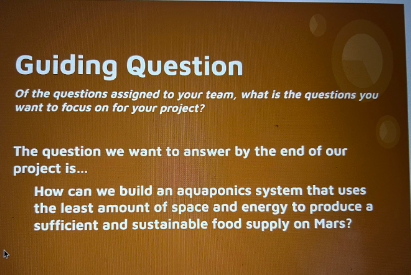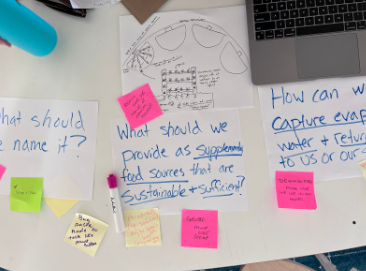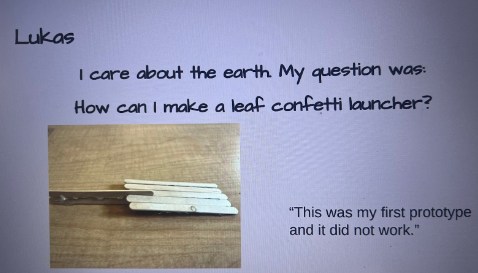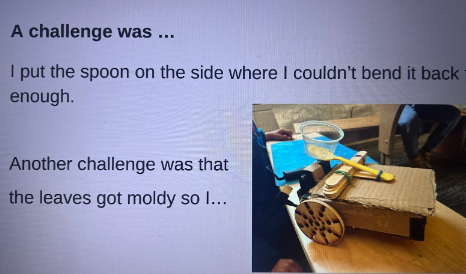California Dreaming
- ayanaverdi
- Jul 6, 2023
- 3 min read
Two EcoSchool educators traveled to San Francisco for an incredible experience: the Brightworks Summer Institute!

The Brightworks Institute brought together a cohort of 15 educators, leaders and innovators from across the world. The program was designed to provide the opportunity to learn and collaborate just like the students do in their programs. Over the course of 3 mornings, we were challenged to design a habitat for life on Mars. This required research, imagination, collaboration, and innovation. Our afternoons were spent reflecting on the experiences and understanding planning, assessment and documentation from the perspective of the educator guide.
Project Time at Brightworks
STEP 1: THE ARC
The Arc is the keyhole through which a project is imagined. This theme will carry the entire school through the semester. The Arc will bring entirely different meaning to each ‘band’ or class in the school.
Each Spring, the entire school collaborates and considers what would make good Arcs for the following school year. Of 6 choices, students will provide compelling reasons to choose the best 2 Arcs. The 2 chosen Arcs for the coming year are announced at the celebration at the end of the school year.
This is an example of the high school expression project for the Monster arc. They created a quilt of each of their interpretations of “What is a monster in America?”

STEP 2: EXPLORATION
The first several weeks of the semester focus on Exploration of the Arc. For our project, Life on Mars, exploration focused around play with bubbles, physical manipulation of vessels and volume, and research books about Mars. The Spark Arc inspired exploration into many different types of energy and visits with experts. The Rainbow Arc sent students on field trips into the community.
STEP 3: DECLARATION
This is the time when students determine their goal for the project. Students must present their plan to a board that will decide if their project is ready to proceed. Many times, students are sent back to revise their declarations before being approved to move forward with their project. In younger groups, this process is completed together as a singular project, whereas in older groups projects may be part of a larger project, group projects, or independent.

STEP 4: EXPRESSION
Students now begin to work on their projects. Supplies and tools are readily available and “no” is rarely an answer. It was inspiring to have an idea and then almost always be able to find something on hand to make the idea a reality. The wood shop is supported by an expert to teach and guide students on the safe use of the tools they may need, and the art room supplies an unending variety of paper, tape, glue, fabric and reused materials. After prototyping, students share their work and revise based on feedback from their peers. The key in this step is to keep failure low-stakes, so that it can be celebrated as a step in the process. For example, wood projects may first be created in a scaled model out of cardboard before being cut out of hardwood. Keeping a task board is also critical in this step in order to help students stay organized and on track. Students also design rubrics to help guide them in creating a successful project.
STEP 5: EXPOSITION
The moment we’ve all been waiting for! Students now present their work to the community.
The experience is shared by the student in the exposition presentation, like the one below. Students design rubrics to ensure that they are sharing a comprehensive story of their experience.
ASSESSMENT & DOCUMENTATION @ BRIGHTWORKS
Students and educators document learning at Brightworks in several ways:
The Story of the Arc
Project Exposition
Project Reflection and Self Assessment
Student Led Conferences
Educator’s Reflection (our Learning Framework)
Student Portfolio

Educator Reflection
As a result of the incredible immersive experiences facilitated by the Brightworks team and students, EcoSchool educators returned to campus with the following reflections:
How can we create space in our calendar and rhythm to allow for student agency in designing projects, while also making the best use of our planning time and planning documents?
How can we continue to be inspired and informed by, without being beholden to ‘standards’?
How can we design a space that inspires innovation?
Thank you Brightworks for challenging us to consider how we will adapt to better serve our students!























































